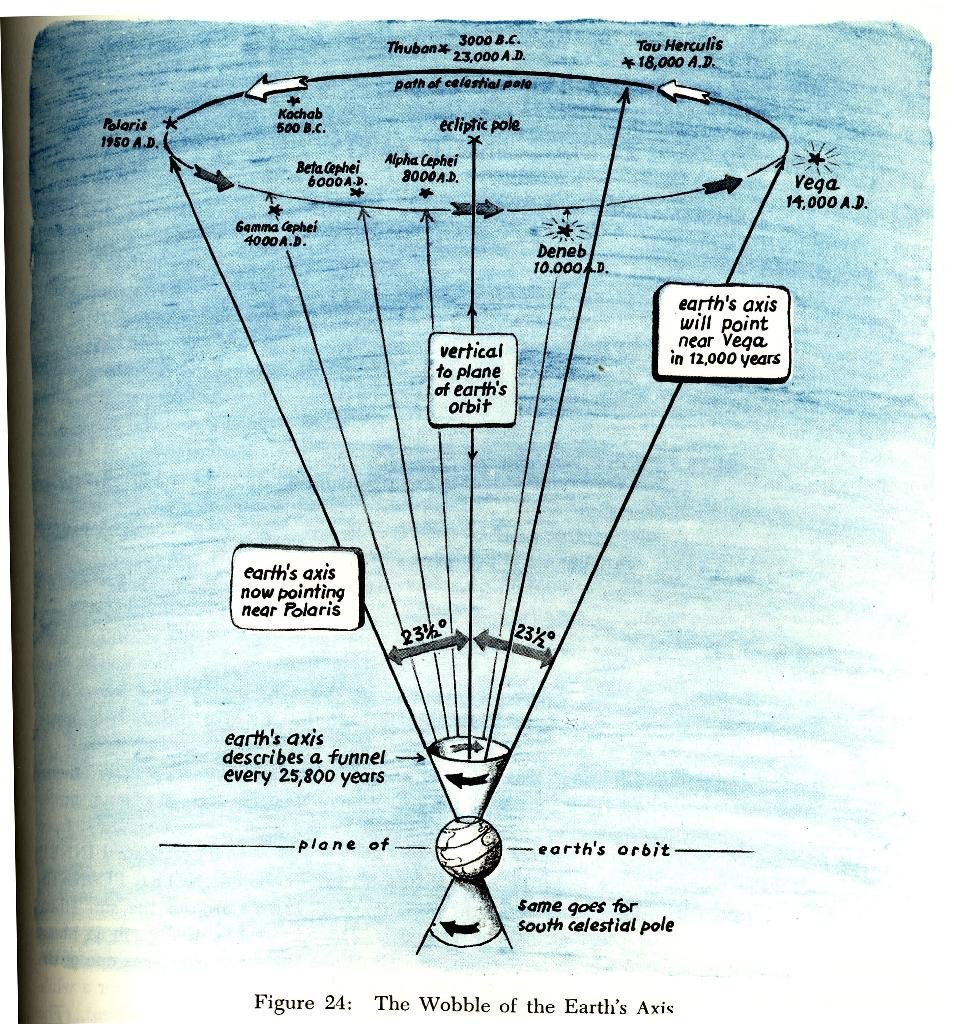✨ The Reys and The Stars✨
One night in the Catskill Mountains, George Ferrandi looked up at the night sky and witnessed for the first time the Milky Way in all its glory. Wanting to understand what she was seeing, she picked up a children’s astronomy book: The Stars: A New Way to See Them by H.A. and Margret Rey.
In its pages, she found a simple diagram explaining axial precession—a slow wobble of Earth’s axis that will cause our North Star to change. That one image changed everything, sparking the idea for Jump!Star: a project that asks how future communities might mark the passing of one guiding light and the arrival of the next. The 26000 year cycle made by our polar axis is referred to as The Great Year. During The Great Year, eleven stars will serve as our North Star. (And one near miss!) Each of these Future North Stars is brought to life in the Jump!Star initiative as a ceremonial sculpture. Jump!Star’s founding artist George Ferrandi has been building these (often with the help of communities around the US) using a traditional process called Nebuta that she researched in Japan through the Japan-US Friendship Commission. These Future North Star sculptures are illuminated paper forms designed to be carried or “danced.”
The Rey’s book wasn’t just the point of departure for Jump!Star, it actually challenged how constellations had been drawn for centuries. Before it, star charts were either abstract geometric webs—dots joined by lines that bore little resemblance to their mythic figures—or ornate illustrations that hid the actual stars behind decorative imagery. The Reys redrew the constellations as simple, seeable pictograms, so that anyone looking up could locate Orion or Cassiopeia in the night sky.
Their maps replaced obscurity with clarity, transforming astronomy from an expert’s abstraction into an accessible, imaginative act. That radical gesture—re-envisioning the heavens so that ordinary people could engage with them—inspires Jump!Star’s own mission: to make cosmic cycles visible, tangible, and shared through collective imagination.
And remarkably, reinventing the way we see the sky isn’t even what the Reys are best known for. Most people remember them as the team behind another beloved children’s book, Curious George.




